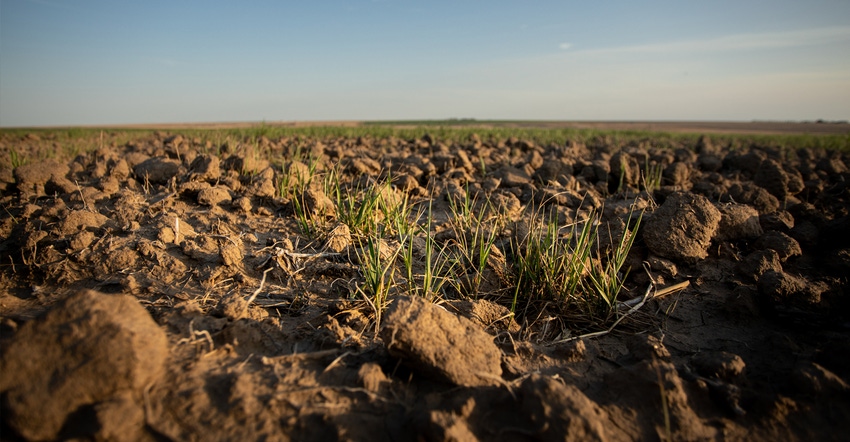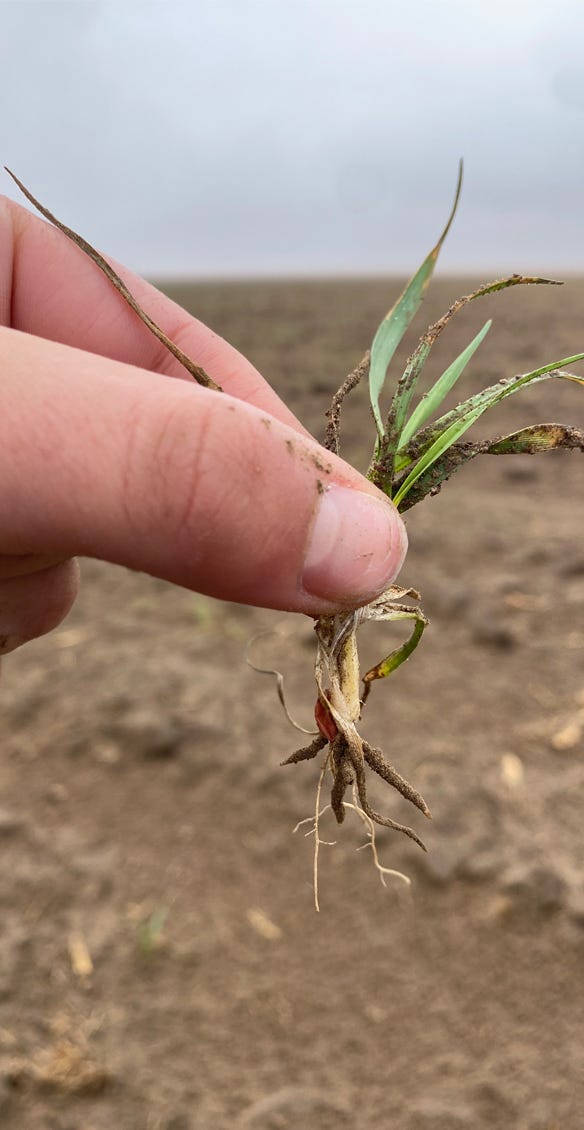May 16, 2022

Grab your yardsticks and your USDA NASS (National Agricultural Statistics Service) tabulation sheets — the 2022 Wheat Quality Council Winter Wheat Tour is headed out across Kansas this week.
For more than 60 years, participants from up and down the wheat supply chain gather in Kansas in May to look at the state’s winter wheat crop progress and estimate its potential. This year’s tour will be May 16-19.
The tour began as a way to educate millers and bakers on winter wheat production in Kansas more than 60 years ago. Today, farmers, grain traders, millers, bakers and others in the wheat industry will travel predetermined routes crossing the state from Manhattan, to Colby, to Wichita and back to Manhattan. Some routes will even look at the winter wheat crop in neighboring Nebraska and Oklahoma counties.

Along the way, each carload of four participants will stop at fields along the route and take measurements and count tillers. That data will be then used in a formula from USDA NASS to estimate that particular wheat field’s yield potential. Participants will also be on the lookout for pest and disease pressures, or drought stress, that can affect the field’s yield.
Those numbers are tallied, and results are announced each night along — with observations from each carload.
Scouting notes
This year, the tour is likely to see quite a bit of drought-stressed wheat, particularly in southwest Kansas, reports Kansas Wheat.
“Much of southwest Kansas has gone nearly 300 days without an inch of precipitation,” according to Kansas Wheat. “Annual average rainfall is about 12 inches in southwest Kansas, and much of the area has seen about one-third of that over the past year, and less than an inch since wheat was planted in the fall.”
Marsha Boswell, Kansas Wheat vice president of communications, reports that farmers in several counties in the far southwest corner of the state have already contacted crop adjusters, and fields are already being adjusted from zero to 5 bushels per acre across the area.
Some farmers, like Gary Millershaski, who farms north of Lakin in Kearny County, didn’t apply full rates of topdress nitrogen because of limited rainfall and astoundingly high input prices at the start of the year.
If you travel north from Kearny County into Wichita County, Rick Horton, near Leoti, was fortunate to catch some timely precipitation this spring, and much of his wheat still has potential.
As you head south, at Skyland Grain in Johnson, the agronomy department reports area farmers are holding out on spring planting — waiting for some moisture to get those crops started.
For Jim Sipes, who farms farther west in Stanton County, near Manter, the situation is bleak, Boswell reports.
“A trip to his seed operation shows open soil, with only a few wheat plants scattered across,” she writes. “Treated wheat seeds that were drilled last fall scatter the soil, as they never even sprouted last fall. What did emerge has very little root structure. The emerged plants didn’t come up until the last couple weeks, missing out on winter vernalization. With the exception of just a couple fields, all of Sipes’ wheat is lost.” For Sipes, the decision is now whether to destroy the wheat and plant grain sorghum in these exceptionally dry conditions — or leave the wheat that has emerged in place to keep soil from blowing in daily 70 mph winds.
Tour updates
The U.S. wheat industry has seen a lot of volatility in just the first half of 2022. The Wheat Tour participants will not only see firsthand the effects of drought across much of the winter wheat region, but they’ll also see the aftereffects of high crop input prices on wheat growing in the field. And, with the current global upheaval in the wheat markets spiking wheat prices, participants are more interested than ever in observing the crop and its preharvest potential.
You can follow the tour with us as we share live updates on the Kansas Farmer Twitter (@farmer_kansas) and Facebook (facebook.com/kansasfarmernow) accounts. And, be sure to follow #WheatTour22 for more updates on Twitter. We’ll also have updates from the tour’s nightly stops in your email newsletters Wednesday, Thursday and Friday this week.
Kansas Wheat contributed to this article.
You May Also Like




